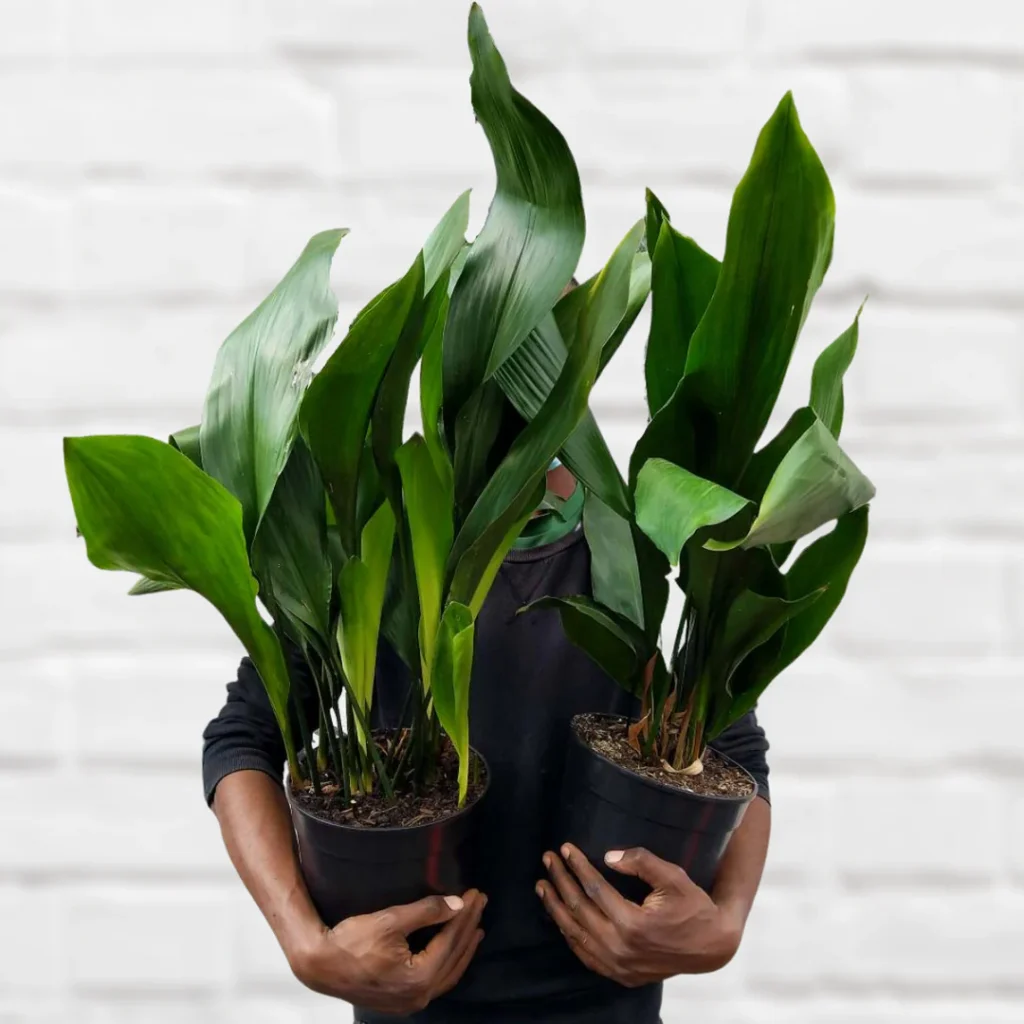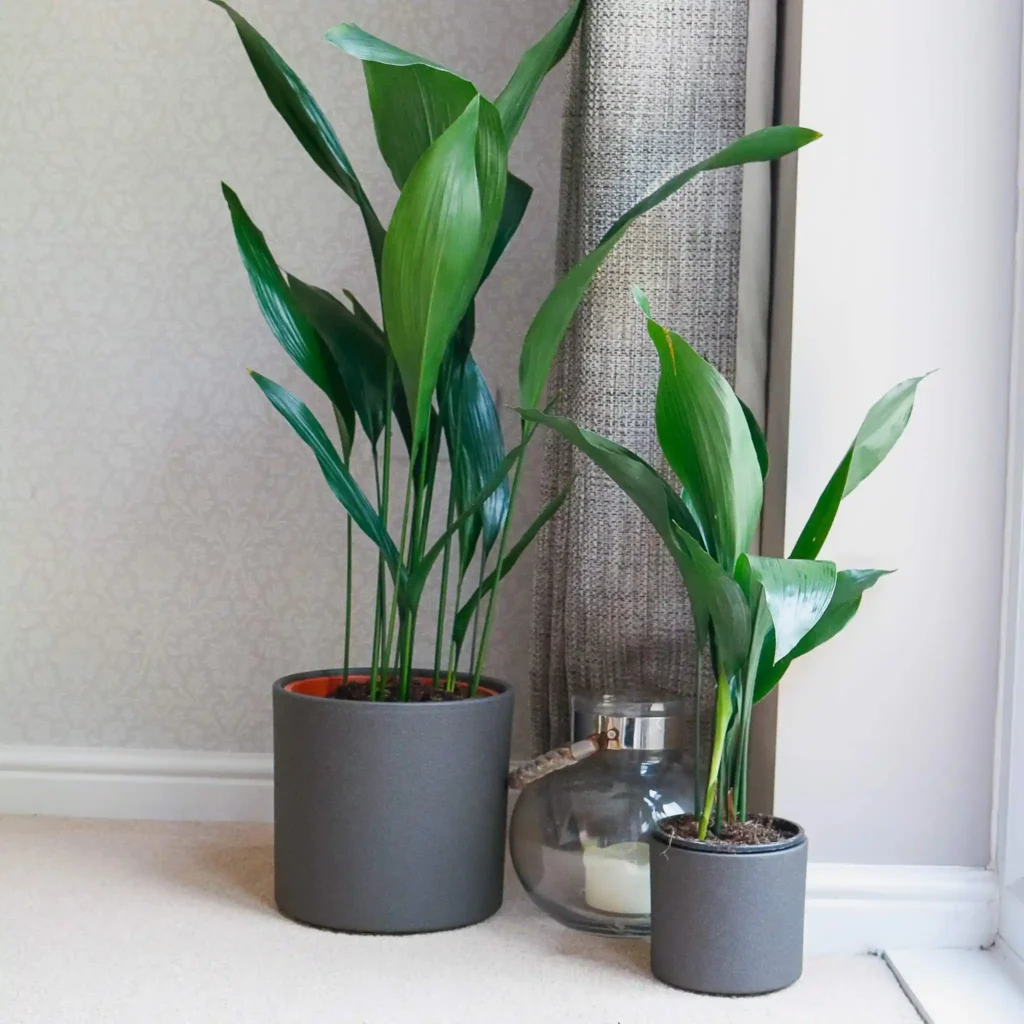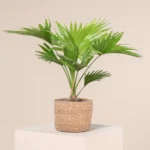Embracing the Resilience of Cast Iron Plant: A Detailed Cultivation and Care Manual
Introduction
The Cast Iron Plant, known scientifically as Aspidistra elatior, stands as a paragon of hardiness and endurance in the plant world. Native to the shady forest floors of Japan and Taiwan, this plant has earned its nickname due to its ability to withstand neglect and less-than-ideal conditions that would typically stress other houseplants. Its resilience, coupled with its lush, dark green foliage, makes the Cast Iron Plant a favorite among both seasoned gardeners and novices alike.
This comprehensive guide dives deep into everything you need to know about the Cast Iron Plant, from detailed care instructions to its potential as a lucrative addition to any green business.

Quick Facts
| Fact | Details |
|---|---|
| Scientific Name | Aspidistra elatior |
| Common Names | Cast Iron Plant, Bar Room Plant, Iron Plant |
| Year Discovered | Native use predates modern records |
| Kingdom | Plantae |
| Phylum | Angiosperms |
| Subphylum | Monocots |
| Class | Liliopsida |
| Order | Asparagales |
| Family | Asparagaceae |
| Genus | Aspidistra |
| Species | A. elatior |
| Native Region | Japan, Taiwan |
| Optimal Humidity | 30-50% |
| Optimal Temperature | 50-75°F (10-24°C) |
Physical Characteristics
The Cast Iron Plant features long, upright leaves that emerge directly from the soil, each typically growing up to 24 inches tall. The leaves are broad and glossy with a deep green hue, occasionally sporting variegated or spotted patterns depending on the cultivar. This plant’s simplicity in appearance belies its strong and tenacious nature, making it a perfect understated yet elegant choice for indoor spaces.
Nutrition, Foods to Avoid
Cast Iron Plants require minimal feeding. A light application of a balanced, general-purpose fertilizer during the growing season (spring and summer) is sufficient to support its slow growth. It is important to avoid over-fertilization as this can lead to salt build-up in the soil which may damage the plant’s roots.

Health and Diseases
The Cast Iron Plant is notably robust but can occasionally face issues such as scale insects and spider mites, especially under dry conditions. It is resistant to most diseases; however, overwatering can lead to root rot. Ensuring proper drainage and allowing the soil to dry between waterings will keep the plant healthy.
Business: How to Make Money and Beyond
Due to its durability and low maintenance needs, the Cast Iron Plant is an excellent candidate for commercial cultivation and sale. It is especially appealing in the urban market, where many consumers seek out plants that can thrive in less-than-ideal city environments. Furthermore, its ability to purify indoor air can be a significant selling point.

Pricing Information
| Type | Average Price |
|---|---|
| Small potted plant | $15 – $25 |
| Medium potted plant | $25 – $45 |
| Large potted plant | $45 – $100 |
Factors Affecting Price
- Size and Age: Larger, more mature plants typically command higher prices.
- Leaf Variegation: Varieties with unique patterns or colors can be more valuable.
- Seasonal Demand: Prices can vary with changes in consumer interest through different seasons.
Price in Different Regions
| Region | Average Price |
|---|---|
| USA | $30 |
| Europe | €35 |
| Asia | ¥250 |
FAQs
| Question | Answer |
|---|---|
| How often should I water my Cast Iron Plant? | Water every 1-2 weeks, allowing the soil to dry out completely between waterings. |
| What type of soil is best for Cast Iron Plants? | A well-draining, loamy potting mix is ideal. |
| Can Cast Iron Plants handle low light? | Yes, they are well-suited for low light conditions and can thrive in shady areas. |

Related Plants
Plants such as the ZZ Plant (Zamioculcas zamiifolia) and the Snake Plant (Sansevieria trifasciata) also share similar characteristics in terms of durability and low light tolerance.
References
Categories
House Plants, Low Light Plants, Low Maintenance Plants, Durable Houseplants, Air-Purifying Plants
This guide offers a thorough exploration of the Cast Iron Plant, showcasing its unassuming beauty and remarkable resilience. Whether you’re a hobbyist looking to expand your indoor garden or a business owner considering new additions to your plant offerings, the Cast Iron Plant proves to be an exceptional choice.
Views: 3











